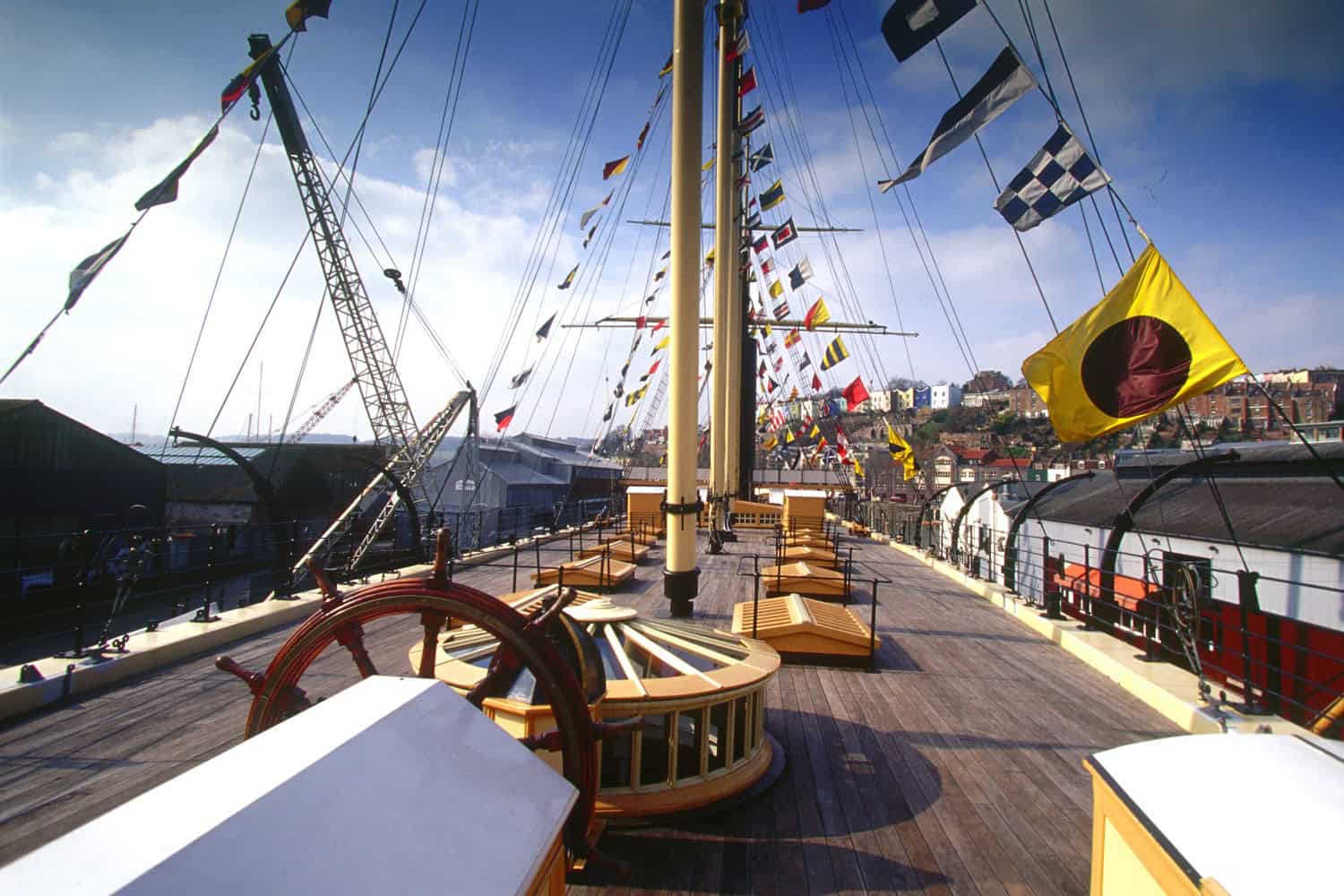Who was Isambard Kingdom Brunel?
This February half term, we're inviting you to join us for Mr Brunel's Big Day Out. But how much do you know about the famous engineer? Discover more about the celebrated engineer and find out where you can get a closer look at some of the objects that bring Brunel to life.
Q. When was Brunel born?
A. Brunel was born on 9 April 1806 to an English mother (Sophia Kingdom) and a French father (Marc Brunel).
Q. Where did Brunel live?
A. Brunel was born on Britain Street in Portsea, Portsmouth, and the family moved to London when he was 2 years old. He spent some time in France as a student, but for most of his adult life he lived in Duke Street, Westminster, in London.
Visit Being Brunel to Discover Brunel’s love of art in the Shakespeare Room and experience the sights, sounds and smells of his Duke Street office.
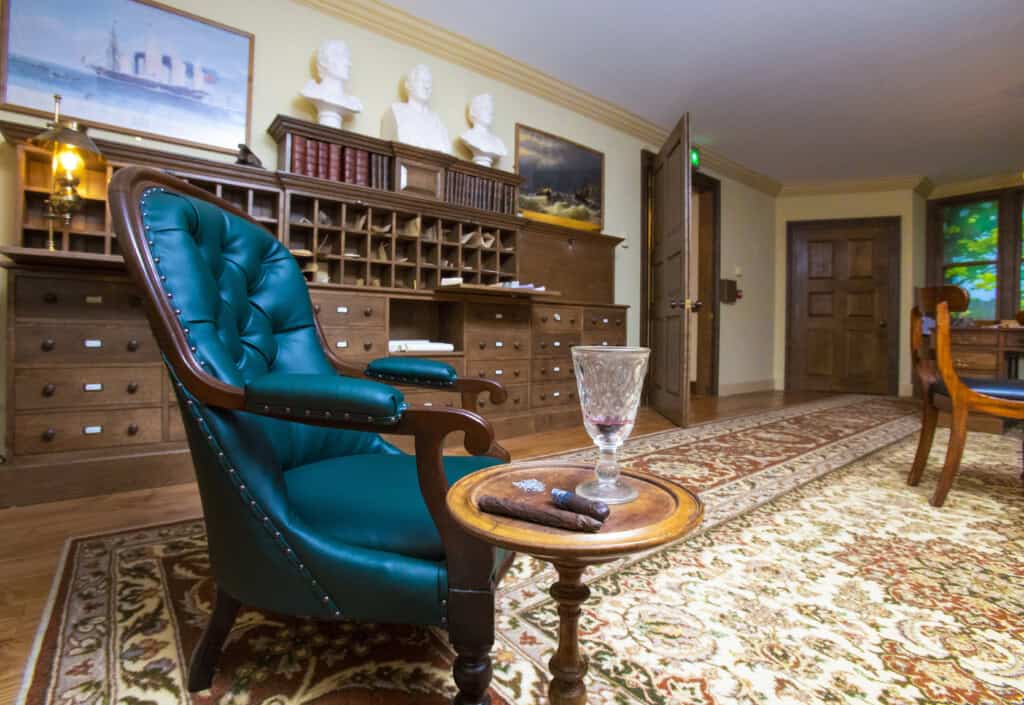
Q. Did Brunel have any siblings?
A. Yes, he had two older sisters – Sophia and Emma. Sophia was taught to draw at a young age with Isambard and, like him, she was a very talented artist. Throughout her life she painted ceramics and sketched portraits, including ones of her parents.
She was also very interested in engineering and had a very clever mind; she was reportedly described by Lord Armstrong, a contemporary engineer, as ‘Brunel in Petticoats’.
A plate decorated by Sophia which shows her painting the Clifton Suspension Bridge is on display in the Shakespeare Room in Being Brunel, alongside an account she wrote of a visit to Manchester and Liverpool where she toured manufacturing centres. Be sure to explore all the drawers to discover these precious items!
You can also find out more about Sophia by watching our YouTube video: ‘Who was Brunel’s Sister? Sophia Hawes’ story’.
Q. How many cigars did Brunel smoke a day?
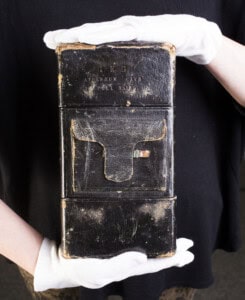
A. On average, Brunel would be puffing through between 30-40 cigars a day, though towards the end of his life this likely had increased to around 48 a day – the entire capacity of his cigar case.
You can see Brunel’s cigar case along with his last cigar in the upper level of Being Brunel.
You can also support the conservation of this significant item by adopting it as part of our Adopt an Artefact programme, along with many other items in our collection.
Q. What was Brunel’s first project?
A. After completing his education in France, Brunel returned to England in 1822 and started working on his father’s project, the Thames Tunnel. It was an ambitious project to construct a tunnel underneath the River Thames in London, connecting Rotherhithe and Wapping for use by pedestrians and horse-drawn carriages. Brunel started as an assistant engineer and graduated quickly to resident engineer in 1827 at the age of 20.
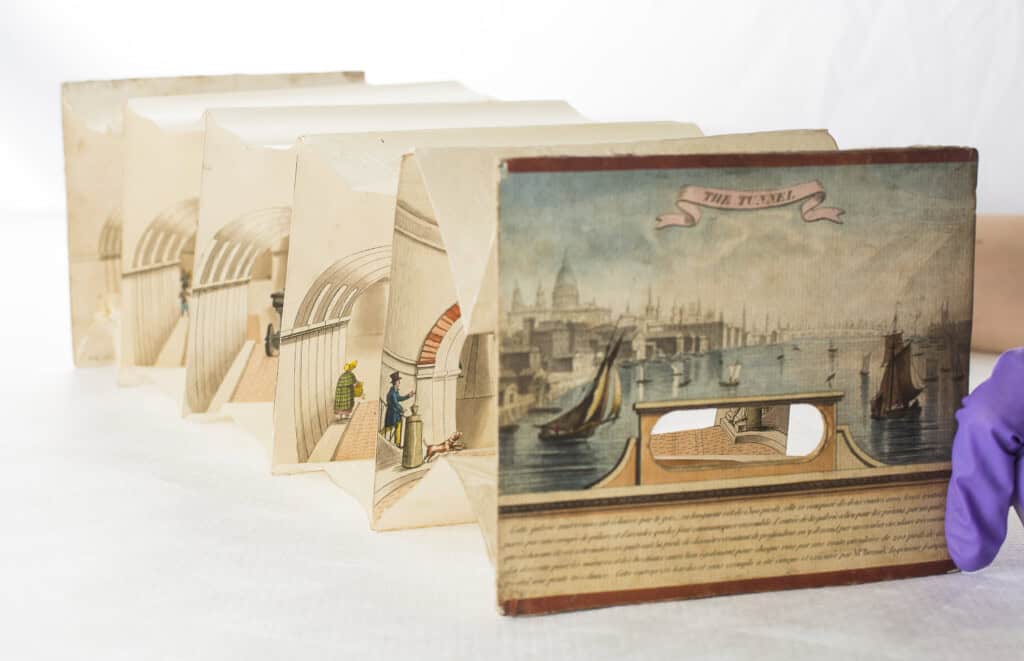
Working conditions in the tunnel could be horrendous; famously a flood on the 12 January 1828 almost killed Brunel and led to the abandonment of the project for seven years. In his diary, a note in the margin for that day simply reads ‘WATER’.
You can explore the original tunnel shaft that once served as the Grand Entrance Hall for Victorian visitors at the Brunel Museum in Rotherhithe, London.
Q. What was Brunel’s final project?
A. The SS Great Eastern was Brunel’s final project. At nearly 700 feet long (about 214 metres), it was much larger than either of his previous ships, the PS Great Western and the SS Great Britain. To power this “Leviathan” ship, Brunel used two huge paddle wheels attached to one engine and a screw-propeller attached to a second engine.
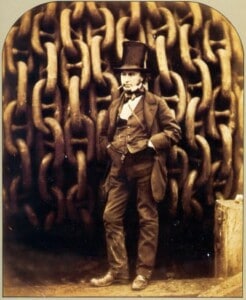
The SS Great Eastern, built in London, was not Brunel’s most successful project. It was so large that launching it into the River Thames proved greatly problematic. There were several unsuccessful launch attempts before the ship finally floated on 31 January 1858.
Sea trials were planned for 7 September 1859, but disaster struck. In a rush to get the ship ready, two temporary stopcocks fitted to heaters on the ship’s funnels were accidently left on. This resulted in a funnel exploding, causing the deaths of five people. Brunel had been ill for some time, and it is believed that his health worsened when he heard about this explosion, and he died soon after.
One of the most famous photographs of Brunel shows him standing in front of the Great Eastern’s launch chains.
We’ve got the backdrop and we’ve got the hats – why not have a go at recreating this image in the entrance way of Being Brunel!
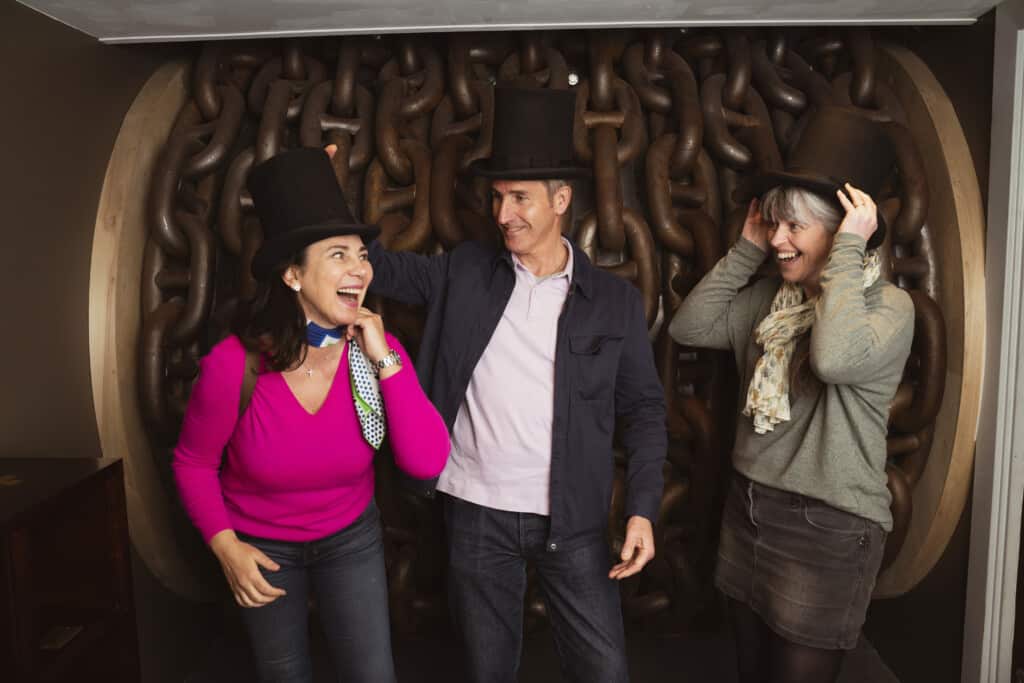
Q. How old was Brunel when he died?
A. Brunel was 53 years old when he died on 15 September 1859. Though the long hours of work, relentless stress of his projects and the enormous amount of smoking were all contributing factors to his ill health, the official cause of death was Bright’s Disease, a kidney disease (no doubt accelerated by the stroke he suffered 10 days before he died).
You can see the last portrait taken of him on the deck of the Great Eastern on the top floor of Being Brunel. It’s located alongside one of the funnels from the Great Eastern, which is one of the few surviving artefacts of his grandest ship.

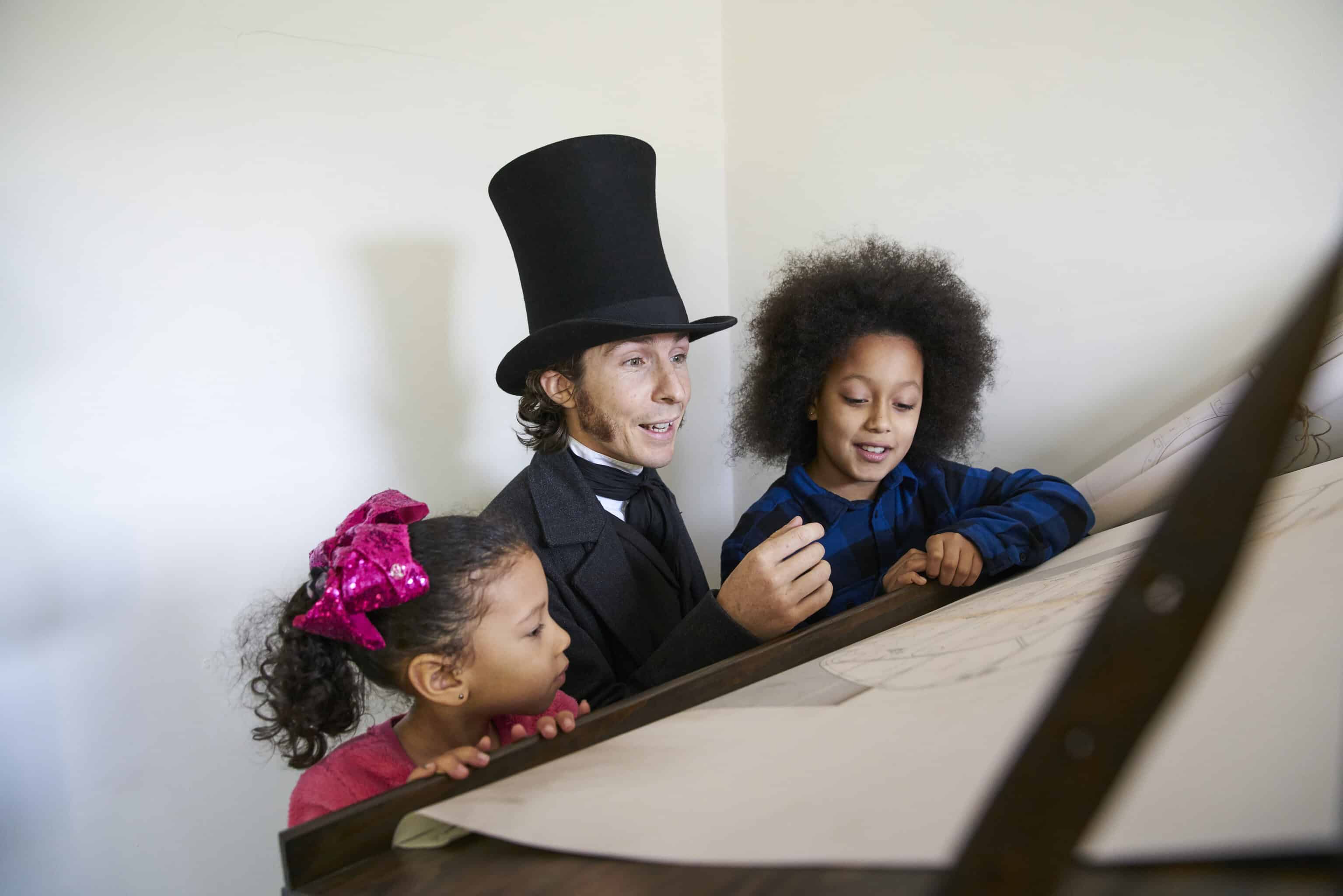
February Half Term
